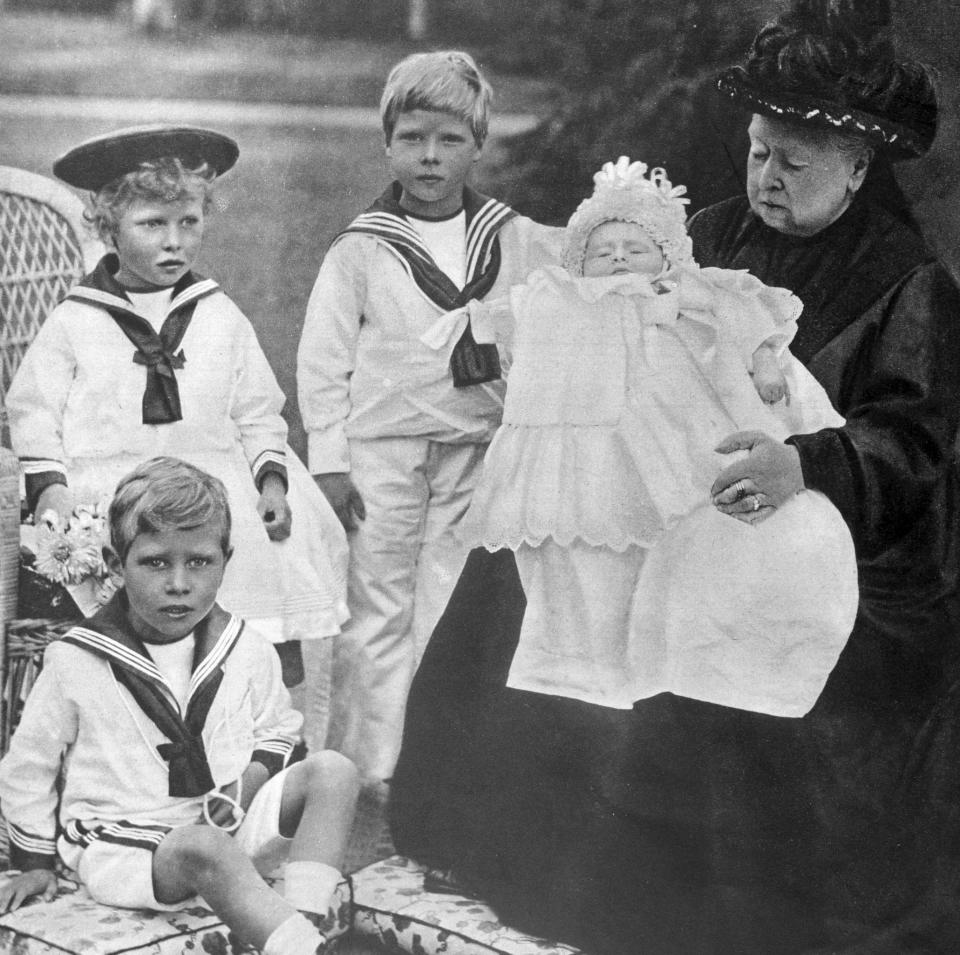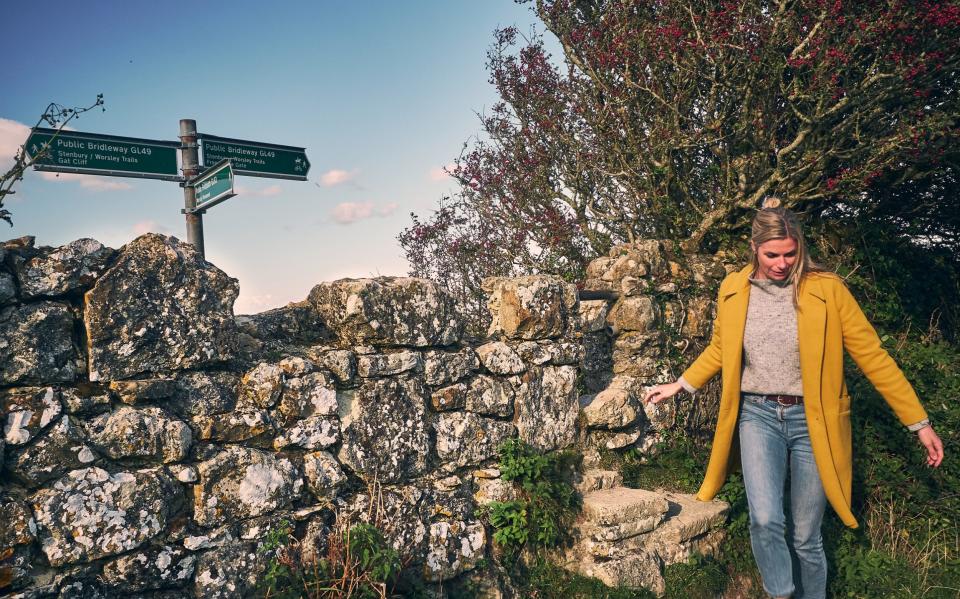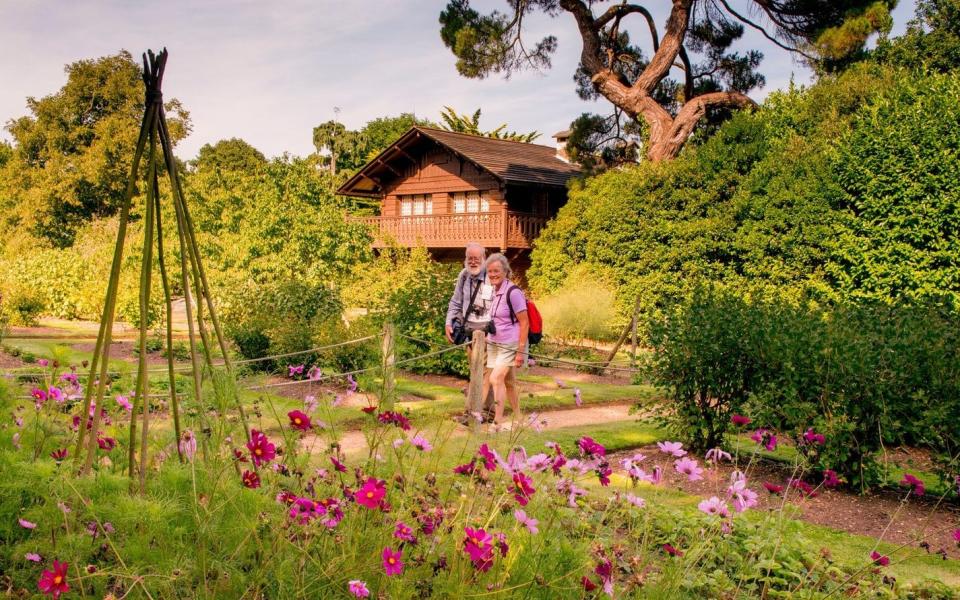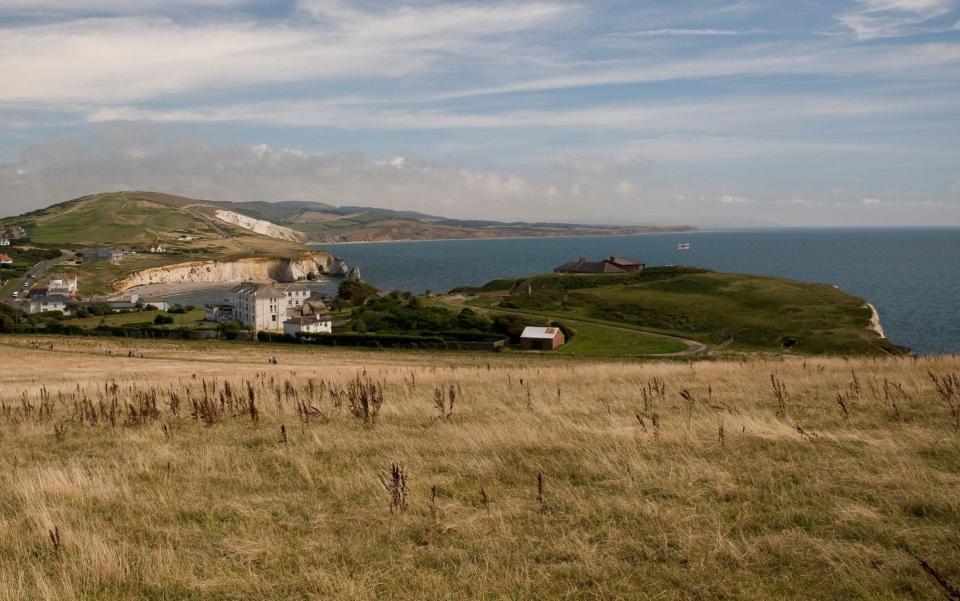English Heritage has been accused of making a new rural footpath “unfit to be called the King’s Coast Path” by blocking access to Osborne House, Queen Victoria’s summer home on the Isle of Wight. Walkers have threatened a judicial review unless an agreement can be reached on a proposed footpath.
The National Trail was renamed the King Charles III England Coast Path after last year’s coronation and the entire 4,700km route is due to be completed this year – 15 years after legislation to establish it was passed.
“We have been campaigning on behalf of the public for a national coastal path for more than 20 years,” said Kate Ashbrook, general secretary of the Open Spaces Society. “We are determined not to let this stand in the way of its completion.”

The Grade II listed Osborne House is located on the north coast of the island, in grounds sloping down to a pebble beach, where the proposed route passes the estate’s Victorian tea hut. English Heritage has cited security concerns, arguing that access could jeopardize the royal collection at Osborne House and the adjacent Swiss Cottage, which served as a hideaway for a generation of royal children. Without an agreement, walkers will have to follow the main A3021 running from East Cowes and country lanes inland.
“A National Trail that follows a main road without views of the coast should not be called a King’s Coast Path,” says David Howarth of Isle of Wight Ramblers. “All we are asking for is a 300 meter path, which would take you about four minutes to walk along the coast, and this would link up with woodland access. That would avoid a four-mile walk along a busy highway with its car fumes and a horrible drive down a country road. You can’t have a coastal path with significant stretches without absolute views of the sea, even across fields.”
Howarth believes the path would be transformative, both for the local and wider environment. “This is not the case when a few hikers are making a point,” he added. “East Cowes is a beautiful area, but historically has never had public footpaths allowing people to access the local countryside. It would benefit the 140,000 islanders and tourists.”


David Bailey, head of English Heritage’s historic properties on the island, said he had been working closely with Natural England, the government agency that oversees the coastal path, “to see if we could create a path through Osborne’s work” . He added: “Despite being exempt from the coastal path, we investigated whether there was a way to facilitate access that did not pose a risk to the historic landscape and our invaluable collection. But we are a small estate and a new path would mean fences, access gates and CCTV.”
Osborne House has a rich royal history and is perhaps the place where Queen Victoria entertained herself most. She and Prince Albert oversaw its construction in the style of a Renaissance palazzo between 1845 and 1851 and over time it became their retreat from London. She described Osborne House as her and Albert’s “little paradise”. After Albert’s death, the Queen increasingly spent her days there and after her death in 1901 she was laid out in the dining room before being buried in Windsor. The Osborne estate was given to the nation by Edward VII the following year. The collection ranges from gifts from visiting heads of state to rocking horses for children and even the bathing machine – a cross between a garden shed and a pioneer wagon – where Queen Victoria changed before going into the water.


Howarth believes English Heritage is missing a commercial opportunity. He said: “Osborne House is really special. The vast majority of people who walk that path look at the house and say ‘wow’ and come back to pay at the gate when they’ve done the walk. The tea hut is the kind of place hikers on a long-distance trail dream of encountering – it would be very busy.”
Natural England says a coastal path is preferred but its hands are tied unless English Heritage and neighboring landowners give in. “We continue to work with partners and landowners to find the best route,” said Neil Constable, program manager for the coastal path. “We do not believe an inland route is the best outcome, but without the support of Osborne House and others we may have no alternative but to propose one.”
If the impasse is not resolved, legal action beckons. “Without an acceptable proposal it is a matter of looking at a judicial review,” says Howarth. “The conditions for the coastal path state very clearly that you must always have a view of the sea. All along the coast, problems are always resolved in the end, heads are knocked together or people settle matters over a drink. But not here so far.”
Walking along the Wight coast
A circular walk around the Isle of Wight is already possible, but in several places the original 70-mile route has historically dipped inland. The new official trail covers a further 26 miles, opening up parts of the coast currently closed to walkers.
Although the island is only 40 kilometers wide and 21 kilometers from north to south, it has more than 800 kilometers of walking trails, as dense a network for a comparable area as in Britain.
Excellent parts of the coast to explore include Tennyson Down, named after Alfred, Lord Tennyson, the poet laureate who lived nearby and would do a daily constitutional work here across the wide rolling hill country.


Another poet laureate, Sir John Betjeman, described the west of the island as “an earthquake in the midst of an explosion” with breathtaking high cliffs, vast bays and collapsed coves with exposed geology for walkers to enjoy.
To the north of the island – west of Cowes – is Newton Creek, another area more accessible via the proposed coastal path, and where you have a sporting chance to see sea eagles diving in search of mullet. On the east coast, Sandown Bay offers an incredible opportunity to walk five miles across the vast bay at low tide.